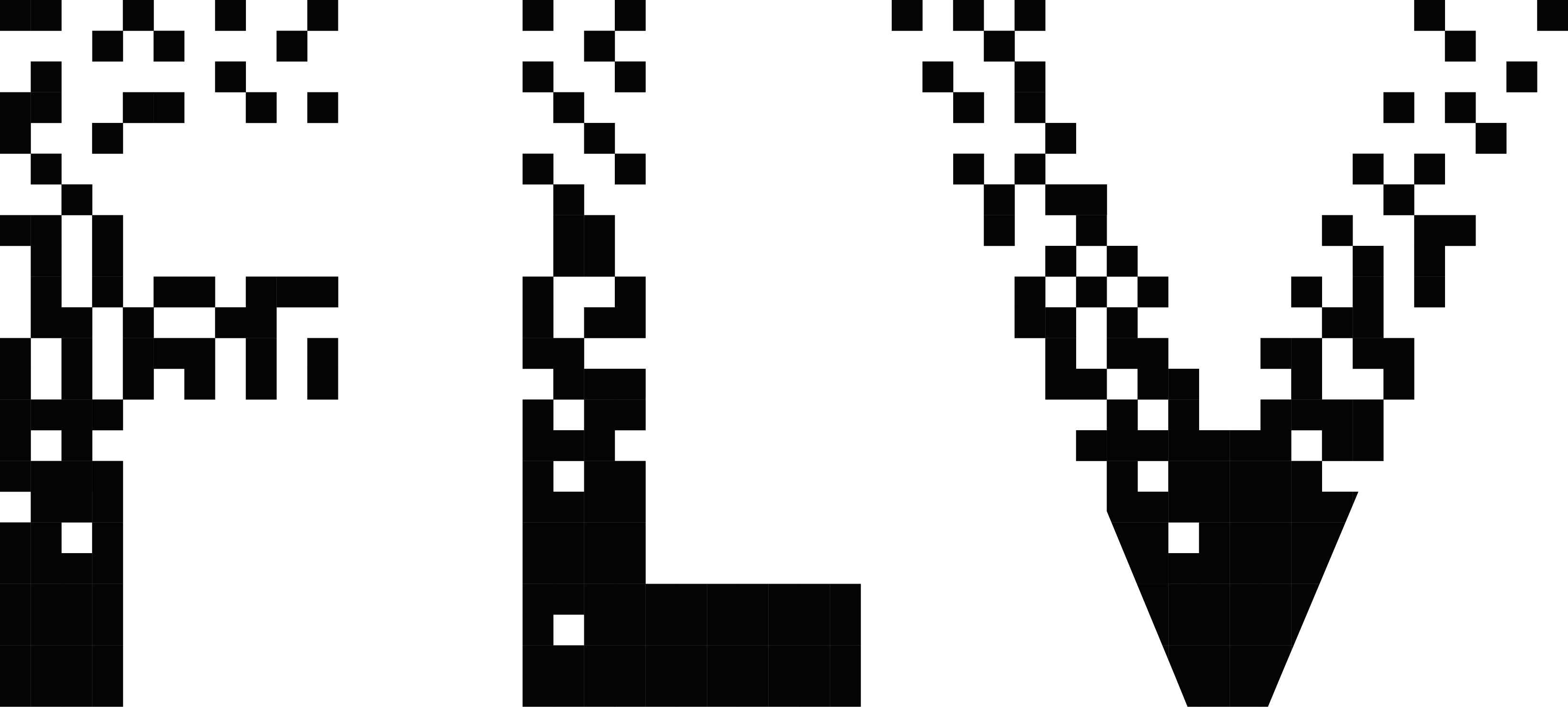Rineke Dijkstra "The Krazy House" Espace Louis Vuitton München
For its 15th exhibition within the framework of the Hors-les-murs programme of the Fondation Louis Vuitton, the Espace Louis Vuitton München is proud to present The Krazy House by Dutch artist Rineke Dijkstra. This programme displays works from the Collection at the Espaces Louis Vuitton in Tokyo, Munich, Venice, Beijing, Seoul and Osaka, realizing the Fondation’s mission to reach a broader audience through international projects.
Photographer Rineke Dijkstra attended the Gerrit Rietveld Academy in Amsterdam, the Netherlands, from 1981 to 1986 and held her first solo exhibition, Paradiso Portraits, in 1984 at de Moor. She began her career as a freelancer, producing portraits of artists, writers and business executives for magazines. In 1992, she launched her signature series of photographs of teenagers on a beach on the North Sea, a series she pursued until 1996. Following her work in Poland and Ukraine, she practiced her art as far afield as the shores of the United States and Africa. The subjects are shot from a slightly low angle with a minimum of staging and choose whatever pose they wish. Dijkstra established a modus operandi with her first series, one she would maintain thereafter: the subjects are shot from the front in a minimalist setting; natural light is preferred, sometimes augmented by flash, and the shooting is done on colour negative using a view camera.
In 1994, in Portugal, Dijkstra photographed bullfighters as they left the arena, capturing their still-alive tension and exhaustion. That same year, as a counterpoint to this series in which death is omnipresent, she photographed women who had just given birth, an effort to capture the mixed emotions a young mother experiences in that rare moment.
In her reinvention of the portraiture genre, Dijkstra employs photography and video as a way to spark encounters, to seek out what is most important. These unidentified people preserve a certain mystery, paradoxically maintained by the planning and processing of the image: very little contextual detail is shown in her photographs and videos, focusing our attention on the relationship between the one gazing and the one being gazed upon. It is less a question of capturing reality than of surprising a surfacing consciousness, almost without the model’s knowledge. What renders Dijkstra‘s work so remarkable is its sensitive approach and keen observation of emotions.

